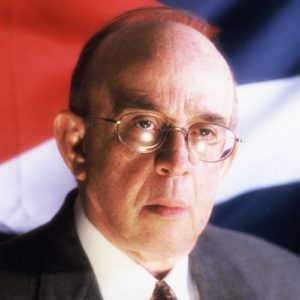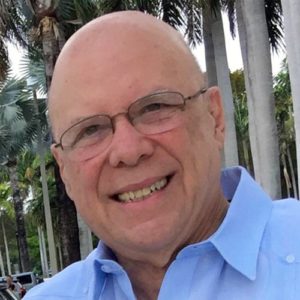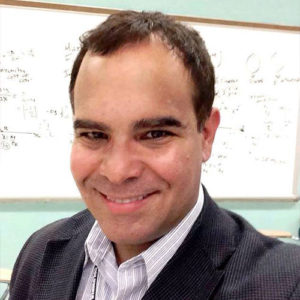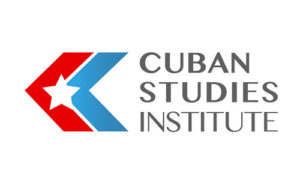By the end of 1958 wholesale army desertions had made Fulgencio Batista’s position untenable. He resigned in the early hours of New Year’s Day and fled to the Dominican Republic. Within hours, the guerrillas from the Sierra Maestra, led by Camilo Cienfuegos and Che Guevara, entered Havana, but their leader, Fidel Castro, chose to make his own triumphal entry into Santiago, delivering his victory speech there, and only arriving in the capital a week later.
Emphasizing his commitment to democracy and social reform and promising free elections, Castro denied he was a Communist, described the Revolution as humanistic, and promised a nationalist government that would respect private property and Cuba’s international obligations. To consolidate his domestic support, he introduced several reforms. He confiscated wealth “illegally” acquired by Batista’s followers. He substantially reduced rents paid by house and apartment occupiers. And an agrarian reform was enacted, confiscating large holdings (avowedly) to create a nation of small farmers.
Toward the end of 1959 a radicalization of the Revolution took place, accompanied by the defection or purge of the more moderate leaders and their replacement by more extreme, and oftentimes Communist, militants. This was followed by massive confiscations of private property both domestic and foreign. The failure of the Bay of Pigs invasion in 1961, consolidated Castro’s power and effectively crushed the internal opposition. The regime declared to be socialist. Economic centralization increased. Private schools fell under government control. This was accompanied by a nationwide literacy campaign and an increase of educational facilities. Sanitation, public health, and health care improved with the establishment of rural hospitals under state control. Religious institutions were suppressed, and foreign-born clergy expelled from Cuba.
By now the Cuan Revolution had passed beyond mere reform and was embarking upon a drastic overturn of the existing order. What had begun as an armed protest against a military dictatorship now strove to abolish completely the traditional Cuban social system based on private property, democratic institutions, and constitutional guarantees of individual rights. Castro’s goal became the classic Marxist one of the abolishing the traditional social classes in favor of the ultimate classless society where all are equal, with neither “exploiters” nor “exploited.” The Revolution changed drastically when property was seized for “nationalization,” claiming to offer in return state-provided social welfare. Those preferring economic (or political) liberty had to join the exodus abroad, although by now most of them had lost everything. By mid-1961 the groups that had fought Batista had been merged into the Organizaciones Revolucionarias Integradas, preparatory to the 1963 Partido Unido de la Revolución Socialista, later transformed into the Partido Comunista de Cuba. By December 1961 Castro had openly espoused Communism and established close relations with the Soviet Union. In the countryside, the second of Castro’s agrarian reform laws in 1963 promoted government-controlled cooperatives, which were gradually converted into granjas del pueblo (state farms), worked by government employees. A new élite group emerged as the coterie around Fidel in the mid-1960s, whose strength derived from their sweeping political and economic power, the nomenklatura of the Communist state apparatus.









1 thought on “Revolution of 1959”
Succinct, but to the point. A well defined narrative of unquestionable validity. Will give the reader the sober reality of the Revolutionary BIG LIE, sponsored by the Castro takeover and facilitating the following dictatorship.
Comments are closed.